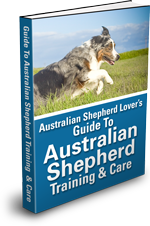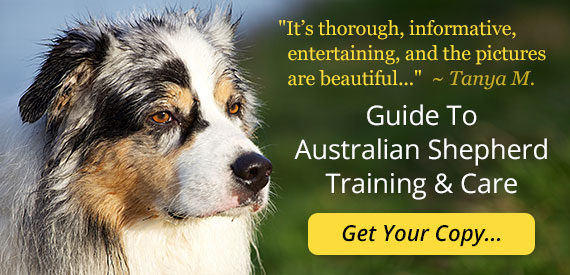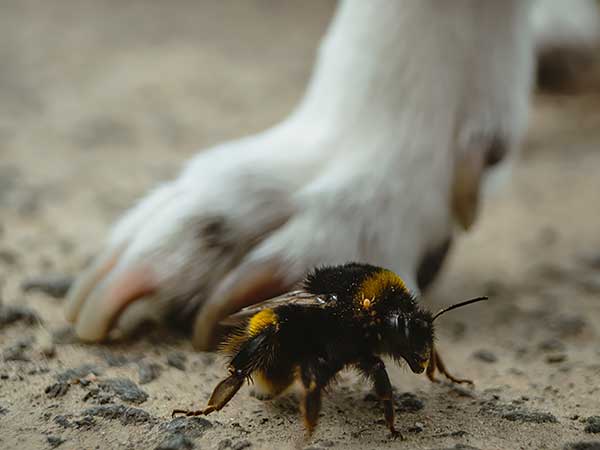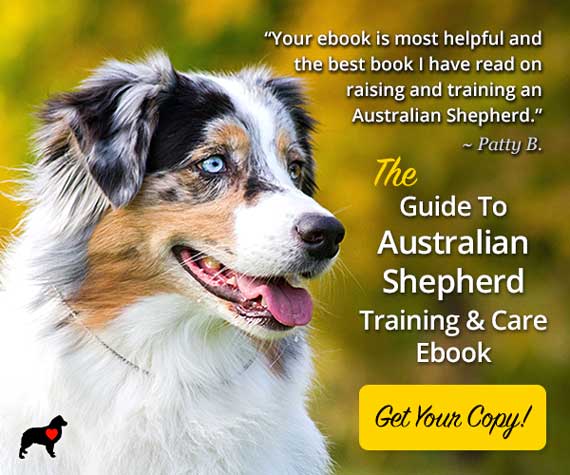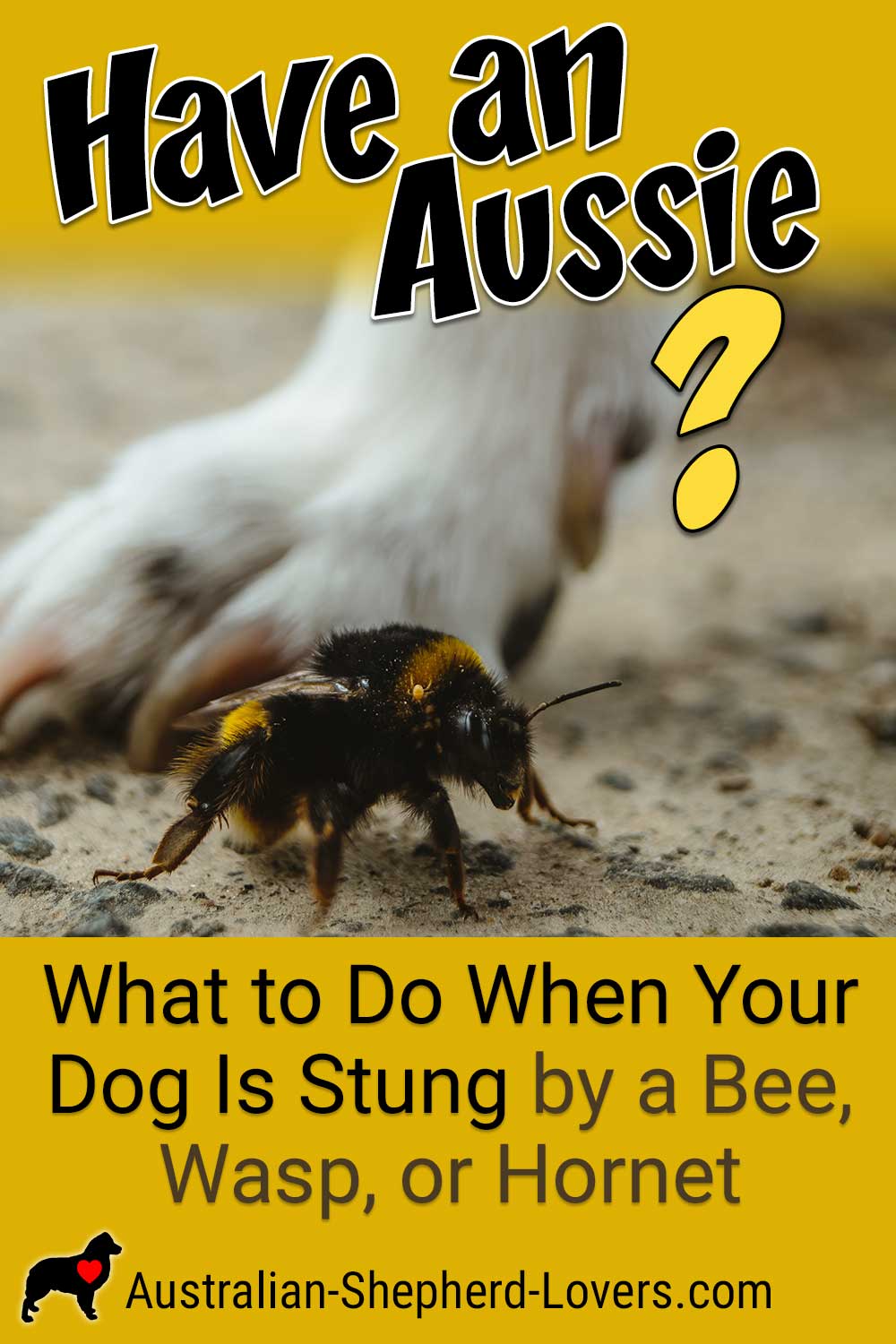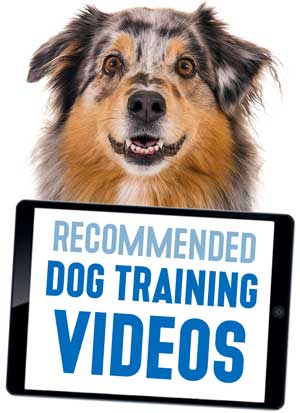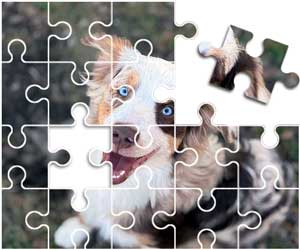
What to Do When Your Dog Is Stung by a Bee, Wasp, or Hornet
A dog stung by a bee or other insect isn't an uncommon occurrence. Especially when you consider how much time most dogs spend outside, which will inevitably put them directly in the path of some flying or crawling critter. Dogs also do a lot of sniffing, so it's not surprising that they can come nose to nose with bees or wasps. It's nearly impossible to avoid, so the best thing you can do as a responsible owner is to recognize the signs of a sting and know what to do when it happens.
Of course, working and active dogs like Australian Shepherds are even more prone than most to have run-ins with insects during the course of their regular work day or when out and about with their family. A dog stung by a wasp or bee will likely display some kind of external reaction, such as yelping or drawing away from the area of the encounter. That may be your first indication that something has stung your pup.
Signs Your Dog Has Been Stung by a Bee
If you're not with him when it happens, you can usually recognize a dog stung by a bee, hornet, or other insect if he's excessively licking his paw or pawing at his face. If you've ever been stung yourself, you know how much it can hurt so your dog paying more attention than usual to a certain part of his body is a likely sign that that area has been affected.
Other signs of a dog stung by a bee can include whining, holding up his paw if that's the spot that was stung, limping, biting or nibbling at the stinger, drooling, swelling or the appearance of hives. If your dog does begin to exhibit any of these symptoms, you should not panic. As with humans, insect stings are not usually an immediate cause for concern in dogs.
When a Dog Is Stung by a Wasp
A dog stung by a wasp is most likely to experience some level of discomfort but won't necessarily require emergency care unless he has an allergic reaction. Dogs who have been stung before or have received many stings at once are at greater risk of developing an allergic reaction, which may become dangerous or even life threatening without immediate care.
When a Dog Is Stung by a Hornet
The first thing to do for a dog stung by a hornet or other insect is to carefully scrape away the stinger or pull the stinger out below the poison sac. You should be careful not to squeeze the stinger as that can cause more poison to be released into your dog's body. Once the stinger is removed, you can gently wash the area that was stung and apply a cool cloth or ice to soothe the pain.
If Your Dog Is Stung, Be on the Lookout for Signs of an Allergic Reaction
Beyond that, you should monitor the dog stung by a bee closely for at least 30 minutes to see if you notice signs of a possible allergic reaction. Potential signs of an allergic reaction can include swelling of the mouth, throat, ears or eyes, difficulty breathing, vomiting within 5-10 minutes of being stung, pale gums, drooling, weakness, collapsing, agitation or sudden aggression.
If your dog, stung by a wasp, begins to show any of these signs you should get him to a vet or emergency clinic immediately. As in humans, the biggest risk with an allergic reaction after a sting is developing an inability to breathe, so you need to move as quickly as possible should any serious symptoms develop.
A dog stung by a hornet who hasn't developed any signs of allergic reaction within 30 minutes to an hour after the sting should be able to recover easily with simple first aid and a lot of extra TLC from you. Most likely they'll feel better within a few hours and the sting site will completely heal in a couple of days.
Consult With a Vet Before Your Dog Is Stung
It is sometimes possible to administer an antihistamine like Benadryl to a dog stung by a bee, but you should never do so without first consulting with your vet. Some human medications can be dangerous or even fatal to dogs, so it is absolutely essential that you consult with your vet to ensure that you use an antihistamine that is safe and that you are giving the correct dosage for his size and weight. You'll be glad you did when you have everything on hand and know how to use it when you need to.

annaav / stock.adobe.com
Chances are your Aussie gets into areas where they could come into contact with bees, wasps, hornets, and other stinging or biting beasties. It's easier to stay calm if you're prepared ahead of time and know exactly what to do in case anything happens.
While a dog stung by a wasp can be concerning, wasps and bees aren't the only insects that can affect your dog. Ticks, mosquitos, ants, spiders and flies can all bite and most bites are perfectly harmless. That being said, if your dog is suddenly displaying signs of having been bitten and you can't immediately identify the culprit, you should always be safe and keep an eye on him to ensure that he doesn't begin displaying any potentially dangerous symptoms.
After Your Dog Is Stung It's Important to Stay Calm
For a while immediately afterward, the site of the sting will remain a little sensitive and puffy and your dog might react with fear or aggression when you try to touch him there. Be sure that everyone in the family treats a dog stung by a hornet carefully so that you can avoid any unfortunate incidents.
While the aftereffects of a sting may be uncomfortable and unpleasant to look at, it is usually not a cause for concern. The best thing you can do is to stay calm and do what you can to help ease your dog's pain or discomfort. If you are at all unsure about how to proceed, consult with your vet and he can advise you of the best plan of action.
For Australian Shepherd owners, encounters with bees, wasps, hornets and other insects are a regular fact of life, especially if your dog spends a lot of time outside. Your dog getting stung by a bee will, hopefully, not be a common occurrence, but it's one that you should be able to handle easily, especially if you speak to your vet and are prepared ahead of time.
For more information about Aussie health issues see the Australian Shepherd Health & Genetics Institute (ASHGI).
Have Dog Training Questions?
Check out these introductory dog training videos...
I want my dog to stop being aggressive.
I want some help training my new puppy.
I want my dog to stop barking at everything.
Get Australian Shepherd Info, Website Updates, Special Offers, and Cartoons...
FREE GIFT
You'll also receive a free copy of the ebook
My Everyday Dog Training Tools
by professional dog trainer Daniel Abdelnoor, "Doggy Dan"
